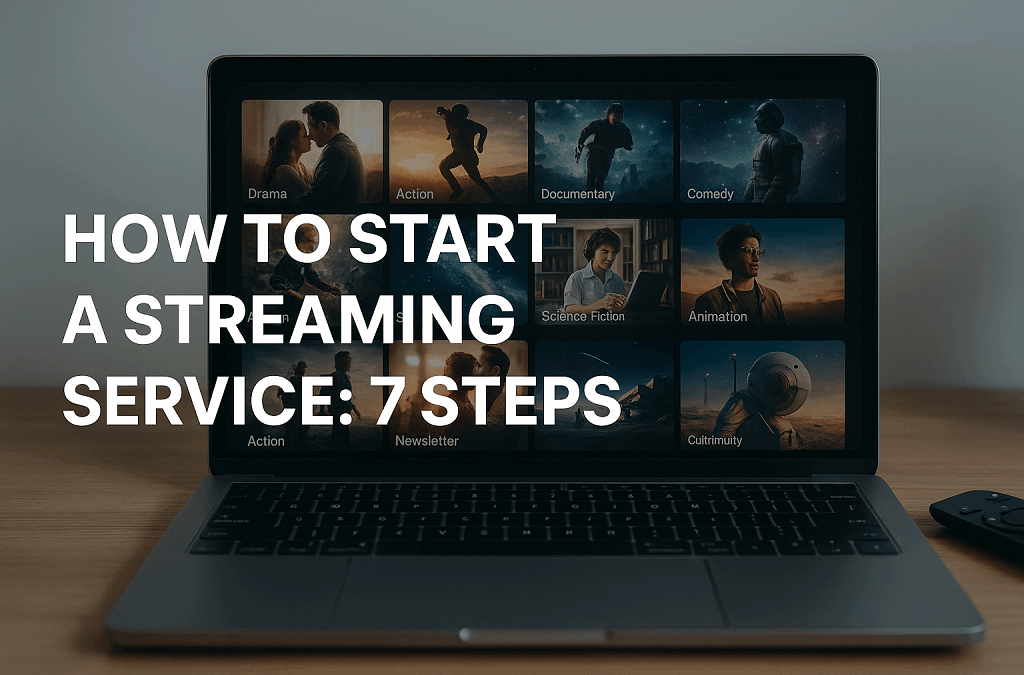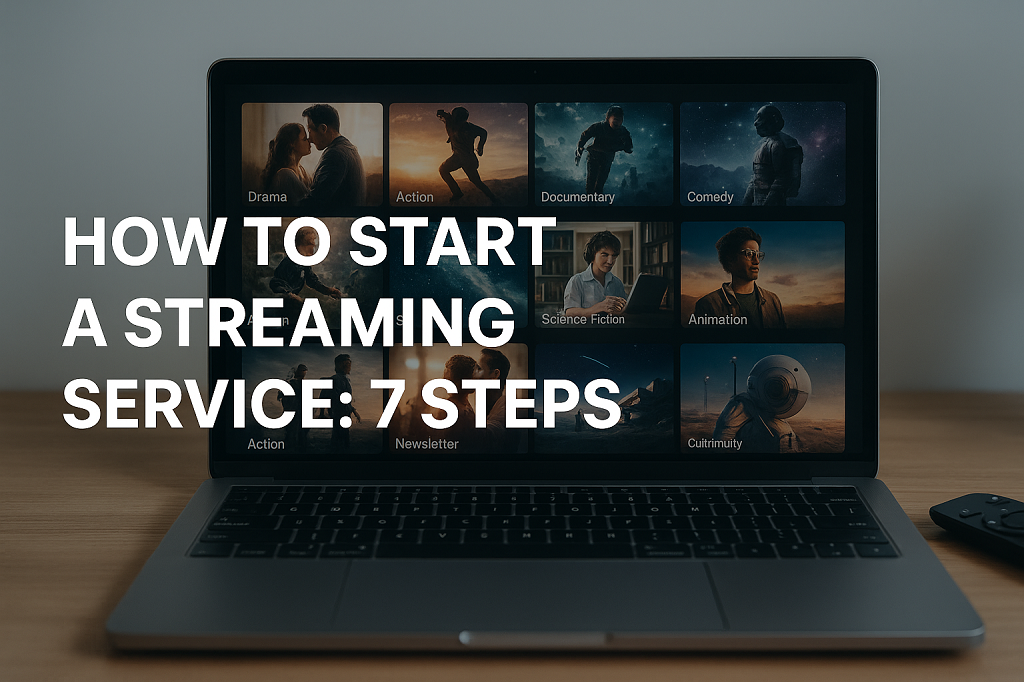
Here’s the deal: people are sick of playing by someone else’s rules. YouTube takes a cut, Instagram buries your videos, and Twitch? Good luck standing out without grinding 40 hours a week for tips and emojis. So you want your own space. A place where you run the show, decide how it looks, what it earns, and who sees what. That’s where the idea hits — how to start a streaming service that’s yours, not just another drop in someone else’s bucket.
And no, this isn’t about building a Netflix clone. Forget Silicon Valley fantasies. You don’t need a $2M seed round. You need an idea, a niche, and a path that doesn’t waste your time (or budget).
That’s what this guide is. Not the usual fluff — just a clear, creative roadmap that actually works.
Step 1: Define Your Niche, Audience & USP

Let’s get this out of the way early: you’re not building the next Netflix, and that’s actually a huge advantage. Chasing mass appeal is a trap. When you’re trying to please everyone, you end up with nothing that sticks. Your power lies in choosing a niche that speaks to someone — not everyone — and owning that lane like no one else.
So ask yourself: who are you really building this for?
It could be busy parents looking for bite-sized fitness classes that actually fit into a toddler’s nap window. Or maybe it’s indie horror fans, sick of swimming through Marvel sequels just to find one film that makes their skin crawl. Then again, it might be English teachers craving structured, on-demand lessons instead of the usual chaos dumped on YouTube. Each of these is a niche. Each one has pain points. And each is an opportunity.
Don’t overthink it. You don’t need a revolutionary idea — you need relevance. That means understanding your future audience better than they understand themselves. What kind of content are they actually looking for? Where does existing content fall short? And when they do pay — what makes them stick around, and what sends them walking?
Now add your USP — your unique selling proposition. This is the part most people skip. It’s not just “my content is good.” That’s not a proposition, it’s a hope. Your USP is a clear answer to: “Why would someone subscribe to this instead of watching free content elsewhere?”
It could be:
- “No ads. Ever.”
- “One low price, one expert. No influencers.”
- “Live lectures with a downloadable workbook every week.”
- “Faith-based content with zero judgment.”
The key is being unapologetically specific. Because specific is memorable, and memorable sells.
Real Examples That Didn’t Try to Be Netflix — and Won
Let’s look at a few platforms that got it right by not trying to be everything to everyone:
- Gaia carved out a space in spiritual and wellness content. You’re not going to stumble on this next to Friends reruns — and that’s the point. Their niche is sharp, and so is their brand loyalty.
- Nebula was built by YouTubers for people who were tired of demonetization and generic recommendations. It feels personal. It feels curated.
- HiDive said, “Sure, Crunchyroll is great — but what about anime titles that no one else licenses in the West?” And it worked.
Each of these platforms followed the same principle: create your own streaming service around something you know well, care about, and can speak to better than some faceless platform.
If you’re still stuck on “what should my niche be?”, flip the question. Ask, “What community do I already understand — and what would they binge if it actually existed?”
Because once you know who you’re building for, the next steps become a whole lot easier.
Step 2: Build a Content Strategy
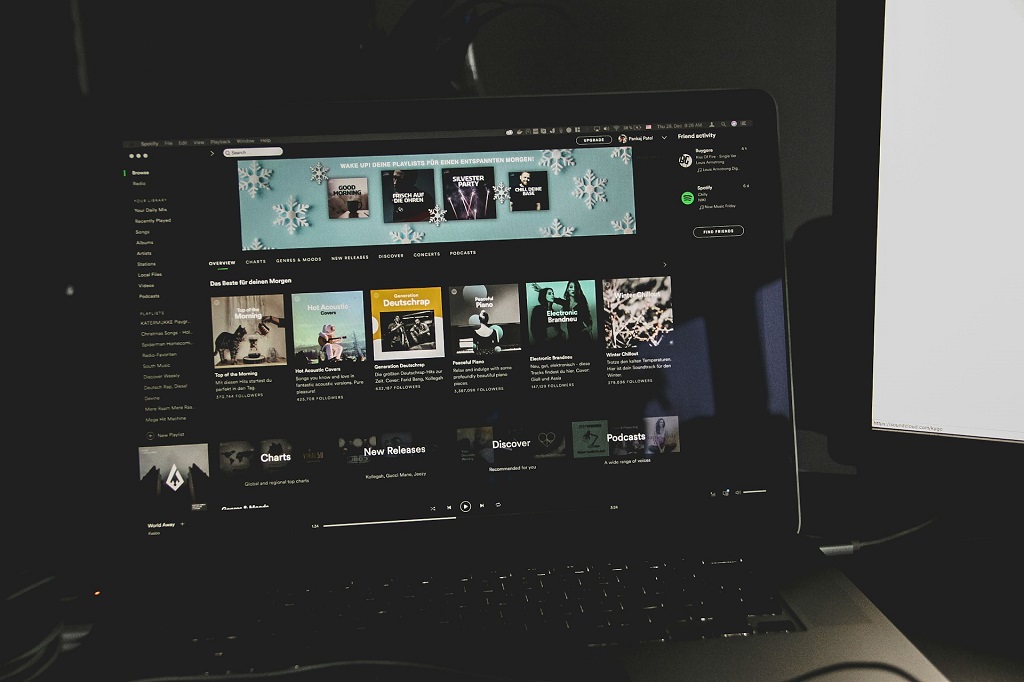
Once you know who you’re speaking to, it’s time to figure out what you’re actually going to give them. This is where too many projects stall — they build a beautiful website, launch an app, and then scramble to fill it with videos. That’s backwards. Before you even touch the tech, you need a clear content roadmap. Not just what you’re making, but how much, how often, and for how long.
Start by choosing your content type. There are three main buckets: on-demand videos (like pre-recorded courses or shows), live streaming (great for events, webinars, coaching, or worship), and user-generated content (if you’re opening uploads to others). Each has its own rhythm and tech requirements. Don’t mix them without a good reason — especially if you’re bootstrapping.
If you’re building around your own library — maybe you’re a fitness trainer with 300 workouts in your archive — fantastic. You’re starting with leverage. But if you’re planning to license third-party content, be ready for red tape. Licensing requires contracts, usage rights, region restrictions, and usually money up front. It can work, but it’s not plug-and-play.
Frequency, Format, and Planning
Let’s be blunt: people don’t subscribe to platforms that feel abandoned. You need a plan for consistency, even if your uploads aren’t daily. A solid start might be 1–2 new videos per week or one live stream every Saturday. Build around a cadence you can actually sustain — momentum matters more than volume.
Next, think about video structure. Will your content be short and snackable, or long and immersive? Will it follow a series format, like a 10-episode language course? Or will it be a drop-in-anytime model, like meditation sessions or sermons? These choices shape the user experience, and they shape how you promote it.
Don’t forget the boring-but-crucial stuff: music rights, talent releases, and intellectual property ownership. If you’re on-camera, great. If you’re hiring others, get contracts signed — now, not later.
Most importantly, be intentional. How to create a streaming service isn’t about dumping random content into a player and calling it a platform. Your content strategy is your pitch. It tells people what kind of value they’ll find — and why they should stay.
Step 3: Choose a Monetization Model

Let’s be honest: you’re not launching this for the warm fuzzies. At some point, it needs to pay the bills — or at least fund its own growth. That’s where choosing the right monetization model comes in. And no, there isn’t one golden method that works for everyone. The way you make money has to match your audience’s expectations, your content format, and your long-term goals.
If you’re offering premium educational content — say, masterclasses or business training — a subscription model makes sense. Think of it as Netflix, but niche. People pay monthly for full access, and your job is to keep them engaged. That’s called SVOD: subscription video on demand.
If your content is meant to go wide — broad appeal, high-volume, casual watching — then AVOD (ad-supported video on demand) might be better. Viewers get free access, you make money from ads. It’s a numbers game, though. Without scale, AVOD won’t move the needle.
TVOD, or transactional video on demand, is pay-per-view. One payment unlocks one video, course, or live event. It works well for one-off, high-value content: think comedy specials, virtual concerts, or niche conferences. But without repeat transactions, your revenue becomes stop-and-go.
Then there’s freemium, which blends free content upfront with paid upgrades. Give people a taste — maybe 5 videos or one full week — and then put the rest behind a paywall. It’s flexible and conversion-friendly when done right.
Finally, you can go hybrid. Subscription + ads. Free tier + pay-per-view. The key is to make it simple for the user. Don’t build a pricing maze.
Streaming Monetization Models Compared
| Model | Revenue Type | Best For | Challenges |
| SVOD | Recurring subscriptions | Niche communities, long-form content | High churn risk if value isn’t clear |
| AVOD | Ad revenue | Broad audiences, casual content | Needs scale to be profitable |
| TVOD | One-time purchases | Live events, exclusive drops | Unpredictable revenue |
| Freemium | Mixed (free + paid) | Discovery-focused platforms | Requires careful content partitioning |
| Hybrid | Combination | Diverse catalogs, varied audiences | Complex to manage and communicate |
So, how to make a streaming service that actually earns money? Simple: choose a model that fits how your audience behaves, not just what sounds good on paper. If they’re used to paying monthly, lean into subscriptions. If they binge casually, ad-supported might work. And if your content is specialized, don’t be afraid to charge for access. The only mistake is not choosing at all — or worse, trying to use every model at once and confusing everyone.
And don’t forget — your monetization model also shapes how you design your platform, from sign-up flow to billing features. That’s something we’ll tackle in the next step.
Step 4: Select the Right Technology Stack

Let’s talk about what’s under the hood — because no matter how good your content is, a glitchy, slow, or badly designed streaming site will sink you faster than a forgotten Twitch stream.
And here’s the real kicker: most people don’t even know what tech they need until they’re halfway in and knee-deep in mistakes. So let’s fix that before it happens.
When you start building, you’re dealing with two big layers: the stuff users see, and the stuff they don’t. That’s front-end and back-end. The front-end is where you design the user experience — layout, navigation, playback controls, recommendations. If it feels clunky or outdated, your churn rate will go up fast, no matter how good the videos are. The back-end handles things like user authentication, video management, subscriptions, payment processing — the invisible gears behind every stream.
Now throw in the essentials:
- Hosting and storage: You need a place to keep your videos, and it has to be fast and secure. Cheap shared hosting won’t cut it. Look at scalable cloud options like AWS, DigitalOcean, or Wasabi for object storage.
- CDN (Content Delivery Network): This makes sure your viewers in New York and your viewers in Nairobi both get smooth playback. No buffering, no rage quitting.
- Video encoding: Raw files are heavy. Encoding compresses them while keeping quality intact — so your video doesn’t eat someone’s data plan or take five minutes to load.
- Playback engine: You’ll need a responsive video player that supports subtitles, speed control, and ideally adaptive bitrate streaming (so it adjusts quality based on internet speed).
- DRM (Digital Rights Management): Optional but smart — prevents piracy and unauthorized downloads.
- Analytics: Without metrics, you’re guessing. Track watch time, drop-off points, conversion rates — the usual suspects. Then tweak based on reality, not assumptions.
And yes, that’s a lot. But this is the core of your platform. Cut corners here, and everything else will crack.
Build vs Buy vs Custom Development
Now here’s where people hit the wall: do you build from scratch, use an existing platform, or hire someone to create a custom setup for you?
All three paths are valid — and all three have landmines.
If you go the “buy” route, you’ll find plenty of platforms offering out-of-the-box solutions. They’re fast to deploy, easy to manage, and often come with basic monetization, video hosting, and templates included. Sounds great, right? Until you hit a wall — like when you want a specific user flow, or need to integrate with your own CRM, or you realize the branding isn’t as “white-label” as you were promised. Suddenly, your “easy” solution feels like a rigid rental unit.
Building from scratch is the opposite extreme. Full control, but you’ll need developers, designers, DevOps, QA, ongoing support, and a timeline that drags. Unless you’re a tech company at heart, this gets expensive — fast. And if your devs don’t have video experience, expect some painful bottlenecks.
Then there’s the custom development path — which is what more and more smart businesses choose when they want something scalable, brandable, and future-proof, without inventing every feature from zero. This is especially useful if you’re serious about monetization, need integrations, or want to launch with confidence instead of duct tape.
So if you’re asking how to start your own streaming service without losing your mind or your budget, the answer isn’t one-size-fits-all. It’s this: get clear on what flexibility, control, and branding mean to you. And then pick the stack — or the partner — that aligns with that.
And here’s something most “how-to” guides won’t tell you: the stack isn’t just tech. It’s your foundation for retention, growth, and revenue. If it breaks, buffers, or confuses users? You lose.
Step 5: Design an Engaging User Experience
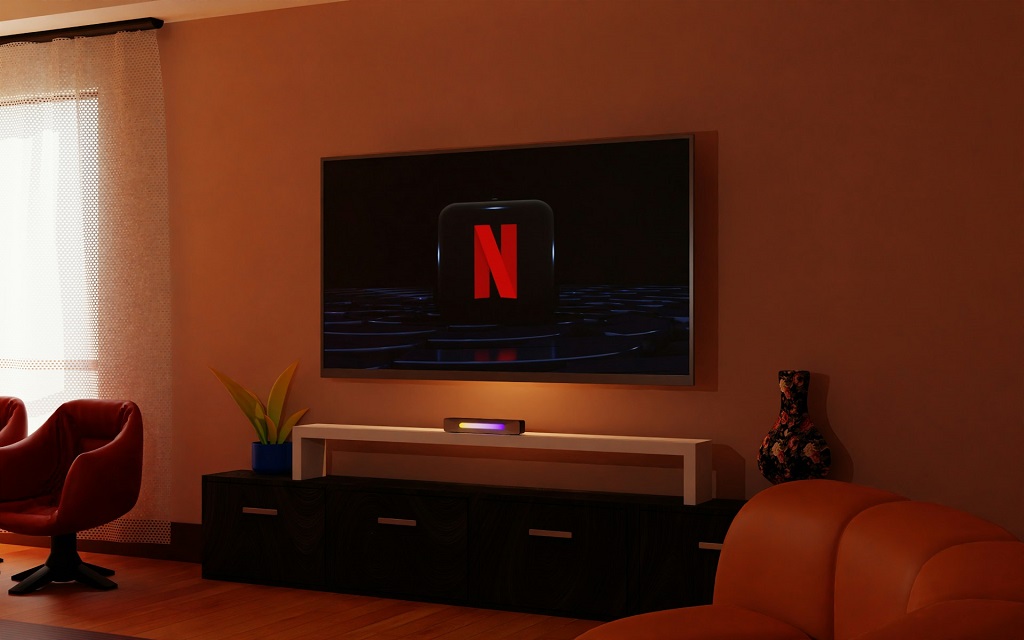
Let’s be brutally honest: bad UX kills good content. People won’t fight with your interface to get to your videos — not when there’s always something else just a click away. If they can’t find what they want in five seconds or less, they’ll leave. And they won’t come back.
So what actually makes good user experience in a streaming service? It starts with being invisible. The design shouldn’t draw attention to itself — it should make navigating content feel effortless. That means no endless scrolling, no dead-end menus, no mystery buttons that do who-knows-what. It’s about clarity, not flash.
You need:
- An intuitive layout that lets users immediately understand where they are and how to move.
- Search that works — with filters for content type, category, length, or even mood.
- Categories that feel curated, not randomly thrown together.
- And ideally, smart recommendations that suggest the next thing to watch before the user even thinks to look.
If you’re serious about learning how to start your own streaming service, don’t treat UX like decoration. It’s the difference between someone watching one video and leaving… or watching five and subscribing.
What Your Users Expect — And What Happens If You Ignore It
Look, people aren’t comparing your platform to some random indie project. They’re comparing it to Netflix, HBO Max, and YouTube — whether that’s fair or not. If your platform feels clunky or slow next to those, you lose credibility before your content even loads.
That’s why the essentials aren’t optional. If you want users to feel at home (and come back), your platform should include:
- Watchlists — so users can save stuff to check out later
- Resume watching — because no one wants to scrub around to find where they left off
- Captions and multiple audio tracks — even if your audience doesn’t demand them now, they will later
- Dark mode or theme customization — it’s small, but it tells users you care
- Responsive design — meaning it works beautifully on phones, tablets, laptops, and smart TVs
These features aren’t “nice to haves” anymore. They’re the minimum barrier to entry. So if you’re still figuring out how to start a streaming service, let this be a wake-up call: UX isn’t a cherry on top — it’s the foundation.
And if your tech partner shrugs this off or tells you it’s too expensive? Walk away. Because here’s the truth: a polished, user-focused experience is the one thing that can make up for having less content than the big players. Get that right, and you’re already ahead of 90% of the competition.
Step 6: Ensure Performance, Security & Compliance

Let’s be real — nothing tanks user trust faster than a frozen screen or a failed payment. And no one talks about this part when discussing how to start a streaming service, but they should. Because once your site is live, your users won’t care how clever your branding is — they’ll care that it works. Every time.
Performance is non-negotiable. Your platform needs to load fast, stream without buffering, and work across continents if you’re going global. That means investing in a solid hosting setup, a content delivery network (CDN), and a platform that can handle spikes in traffic without collapsing under pressure. If your server crashes the moment 50 people join your live webinar, that’s a hard lesson you’ll pay for in refunds.
But speed is only part of the equation. You also need to secure your platform like it actually matters — because it does. Users are trusting you with payment data, email addresses, maybe even location info. That means secure payment gateways, SSL encryption, and compliance with privacy laws like GDPR and CCPA aren’t optional — they’re table stakes.
And if your platform lets people upload or comment? You’re also dealing with user-generated content liability, spam filters, moderation tools — all of which need to be in place before something goes sideways.
Avoiding Downtime and Data Leaks
Here’s the part no founder wants to talk about — until it’s too late.
If you’re serious about building trust (and keeping it), your site needs uptime monitoring from day one. You should know within 30 seconds if something goes down — not because a user tweets at you in frustration. Automated alerts, performance dashboards, and fallback protocols aren’t overkill. They’re what professionals use.
Set up automated backups. Not once a week. Daily. And if you’re running a fast-growing library, maybe hourly. If you lose content due to a server issue and have no rollback plan, it’s game over.
Then there’s the matter of security audits. Run them regularly. Find vulnerabilities before someone else does. Because data leaks — even small ones — can destroy user confidence and kill momentum.
If you’re planning how to start a streaming service that’s built to last, this step is where you prove it. Users might never thank you for getting it right — but they’ll leave fast if you get it wrong.
Step 7: Launch and Promote Your Platform

Here’s the truth most guides skip: you don’t launch your platform on launch day. You start building momentum weeks before that. If you’re serious about turning this into a business — not just a side project — then marketing isn’t optional. It’s part of the build.
Before you drop a single video, you should already be building a pre-launch audience. That means:
- A simple landing page with a clear value prop
- An email waitlist to collect leads and test interest
- Behind-the-scenes content, teasers, and trailers that hint at what’s coming
This early buzz isn’t just about hype — it’s about data. You’ll learn what messaging clicks, who your early fans are, and where they’re hanging out online.
Once you’re live, don’t go dark. You’ve only just started. Promotion should be consistent, targeted, and varied. Think beyond “post it on Instagram once.”
Try this mix:
- Social media — regular clips, carousels, and polls to drive engagement
- SEO — especially if you have searchable content (courses, how-to videos, etc.)
- Influencer collaborations — either small creators in your niche or loyal superfans with followings
And keep testing. The best thing about digital promotion? You don’t have to guess what works — you can run A/B tests and change course in real time.
Keep Users Coming Back
Launching is the fun part. Keeping people around? That’s where the real game begins. And no — good content alone doesn’t guarantee retention. You have to give users a reason to stay, log in again, and keep watching. That means creating habits, not just views.
If you’re wondering how to start a streaming service that lasts longer than your launch week, focus hard on retention right from the start. Use tactics that reward loyalty, build routine, and make your service feel like a living thing — not a static catalog.
Here’s what works:
- Exclusive drops — make some content time-limited or subscriber-only to spark urgency
- Email newsletters — not generic “here’s what’s new,” but curated picks and personalized recommendations
- Progressive unlocks — drip content weekly or by user milestone (watched 5 videos? Unlock a bonus)
- Community tools — even a basic comment section or live chat can build surprising stickiness
- User surveys — quick check-ins asking what people want more of (and then acting on it)
Also: don’t underestimate post-launch iteration. Your first version won’t be perfect. But if you listen, test, and tweak? You’ll create a platform people actually want to come back to — and tell others about.
Launch is the beginning. Growth is everything that comes after.
Scrile Stream: Custom Streaming Development That Works
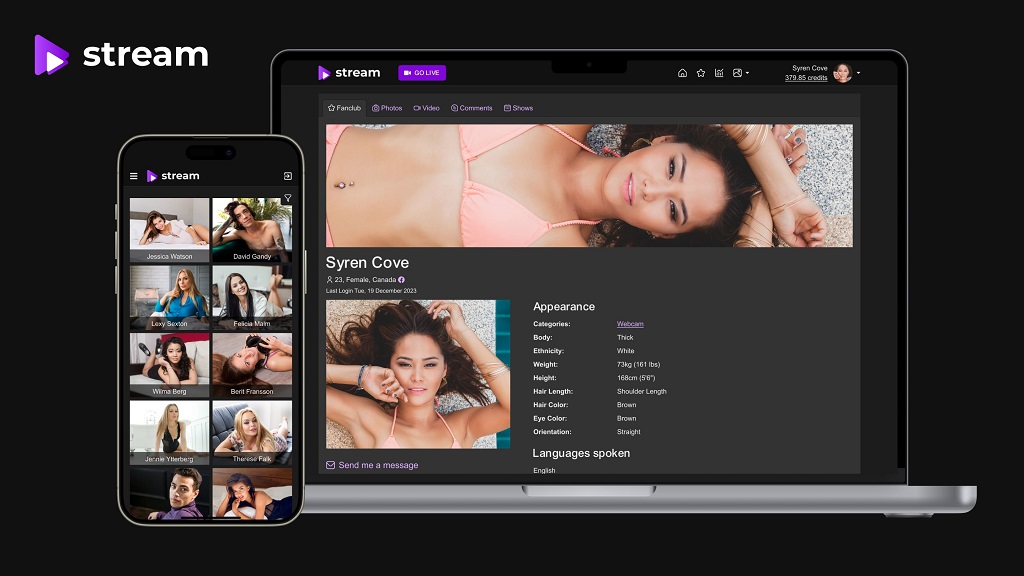
If you’re serious about launching something real — not just another template site that looks like everyone else’s — you need more than a cookie-cutter video platform. That’s where Scrile Stream comes in.
Scrile Stream isn’t some plug-and-play website builder. It’s a full-fledged custom development service designed for people who have a clear vision and want it built their way. You bring the idea — whether it’s a streaming site for indie cinema, a subscription platform for fitness classes, or a hybrid model with both live and on-demand — and Scrile builds the tech around it.
The result? A white-label platform that feels like your brand, not someone else’s engine with a skin on top. You decide how users register, what features they see, how content is structured, and how it’s monetized. Need subscriptions, pay-per-view, tipping, or custom bundles? Done. Want your platform integrated with Stripe, Twilio, or even your existing CRM? Already handled.
Scrile Stream supports:
- Fully branded UI/UX for web and mobile
- Live streaming with chat and tipping
- On-demand content libraries with DRM
- Role-based access control (free, subscriber, admin)
- Analytics dashboards for performance and user insights
It’s the kind of solution that grows with you — not one you’ll have to abandon and rebuild in six months. And because it’s powered by modern backend tech, the infrastructure is scalable from day one. No buffering. No downtime during spikes. Just smooth delivery.
So if you’ve been wondering how to start a streaming service without getting locked into someone else’s limitations, this is your answer. Custom tech. Custom branding. No compromises.
Behind the Scenes: What Most Streaming Startups Get Wrong
Here’s the part most guides won’t tell you — probably because they’re too busy pitching features. But if you’re going to spend time, money, and energy building a streaming service, it’s worth knowing what actually sinks most first-time launches.
And no, it’s not always the tech. The tools are out there. Platforms exist. Developers are everywhere. The problem usually comes down to focus — or a lack of it.
Here’s where things go sideways fast:
- They try to serve everyone. Broad platforms die quietly because no one feels like it’s for them. Niche beats general. Always.
- They think content is enough. You can’t just upload 10 videos and wait for magic. If there’s no plan for updates, retention will collapse.
- They skimp on UX. Clunky layout, missing features, confusing navigation — it all adds up to bounce.
- They promote once and then stop. Launch isn’t a moment — it’s a campaign.
- They try to save money with the cheapest possible setup. Then spend twice as much rebuilding it six months later.
If you’re building a serious platform, take these mistakes off the table early. Be ruthlessly specific about your audience. Commit to a regular content cycle before launch. Get your tech right the first time, even if that means starting simpler. And understand that growing a streaming service is a long game, not a viral hit sprint.
Simple sanity checklist before you launch:
- Do I know exactly who this is for?
- Can I explain my value in one sentence?
- Is my platform easy to use, even for someone’s grandma?
- Do I have at least a month’s worth of content planned?
- Is there a real plan for what happens after launch day?
Most people don’t fail because their idea was bad. They fail because their execution was scattered. Don’t be most people.
Conclusion
Starting a streaming service might seem overwhelming — until you break it down. You’ve now seen what it actually takes: from carving out your niche and building a content strategy to choosing the right tech, locking in monetization, and launching with intention. It’s not about being perfect from day one. It’s about knowing what matters and building in the right order.
This isn’t just for tech founders or video giants. Teachers, entertainers, influencers, fitness coaches, event organizers — people across industries are launching their own platforms every month. Not because it’s trendy, but because it works. Done right, it gives you full control of your content, your community, and your revenue.
So if you’ve been sitting on an idea, this is your sign to move. Start by defining who you’re building for — and what makes your service worth their time. And when you’re ready to bring it to life, don’t settle for something generic. Work with a dev partner like Scrile Stream who can turn that vision into something real.
Your platform. Your rules. Let’s go.
FAQ
How can I make my own streaming service?
Start by finding your niche — the specific audience and topic you want to serve. Then build a content strategy, choose a monetization model that fits, and select the right tech stack to support it all. If you’re serious about how to start a streaming service that’s both scalable and user-friendly, you’ll want to focus on experience, performance, and flexibility from the start — not just features.
How do I open a streaming service?
You open a streaming service the way you’d launch any modern product: by planning smart. That means building a landing page early, gathering an email list, setting up content workflows, and picking the right platform or dev partner to bring it to life. After launch, it’s all about testing, tweaking, and keeping users engaged through community features, content drops, and regular updates.
How do I create my own streaming server?
You’ll need a few core components: reliable cloud hosting, secure video storage, encoding tools, a CDN, and a responsive video player. You’ll also want to include user account systems, payment integrations, and analytics. If that sounds like a lot to juggle — it is. That’s why many choose a development partner who can custom-build a system that handles all the moving parts without the guesswork.

